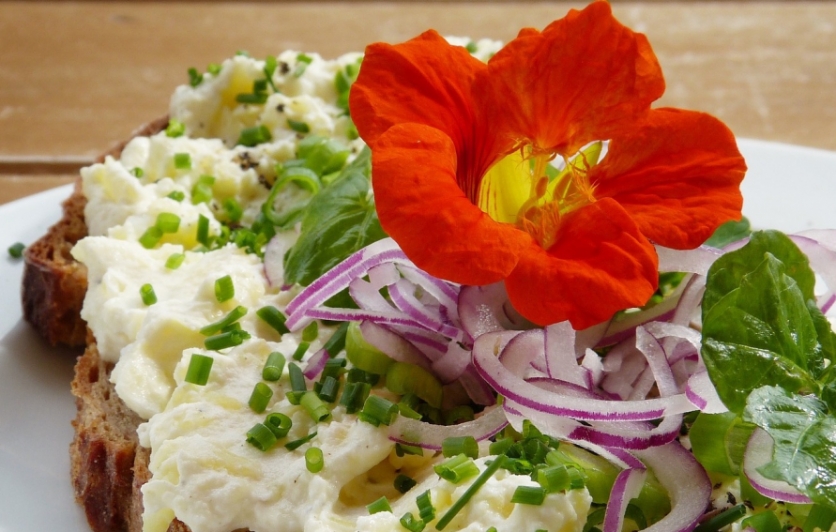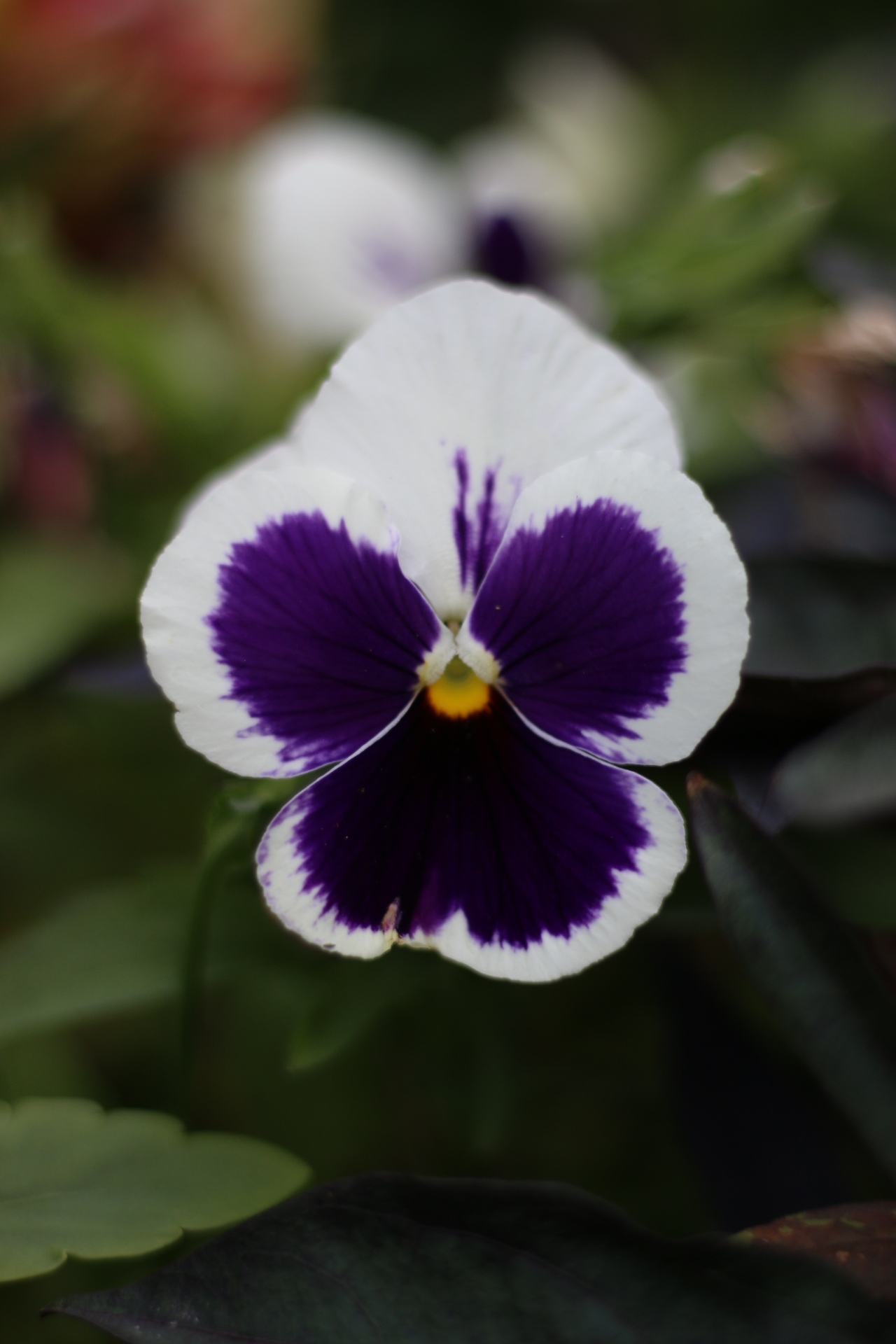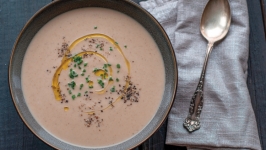Edible Beauties
You may not realize it, but many of those pretty flowers in the pots on your patio are edible. And yet there are also plenty you should not eat, so identifying exactly which flower you have at hand is important. Aside from the dangerous ones, you should avoid eating those that have been sprayed with pesticides, are old, spent, or otherwise not very appetizing.
Let’s first look at some common annual flowers you definitely can eat.
Flowers to Try
Alpine pinks, genus, Dianthus--a clove-like flavor.
Alyssum, Lobularia maritima—leaves and petals are edible. Slightly spicy.
Calendula, genus, Calendula—it’s a tender perennial usually grown as an annual. Flower petals can be spicy or bitter and can color food yellow. Also known as a poor man’s saffron.

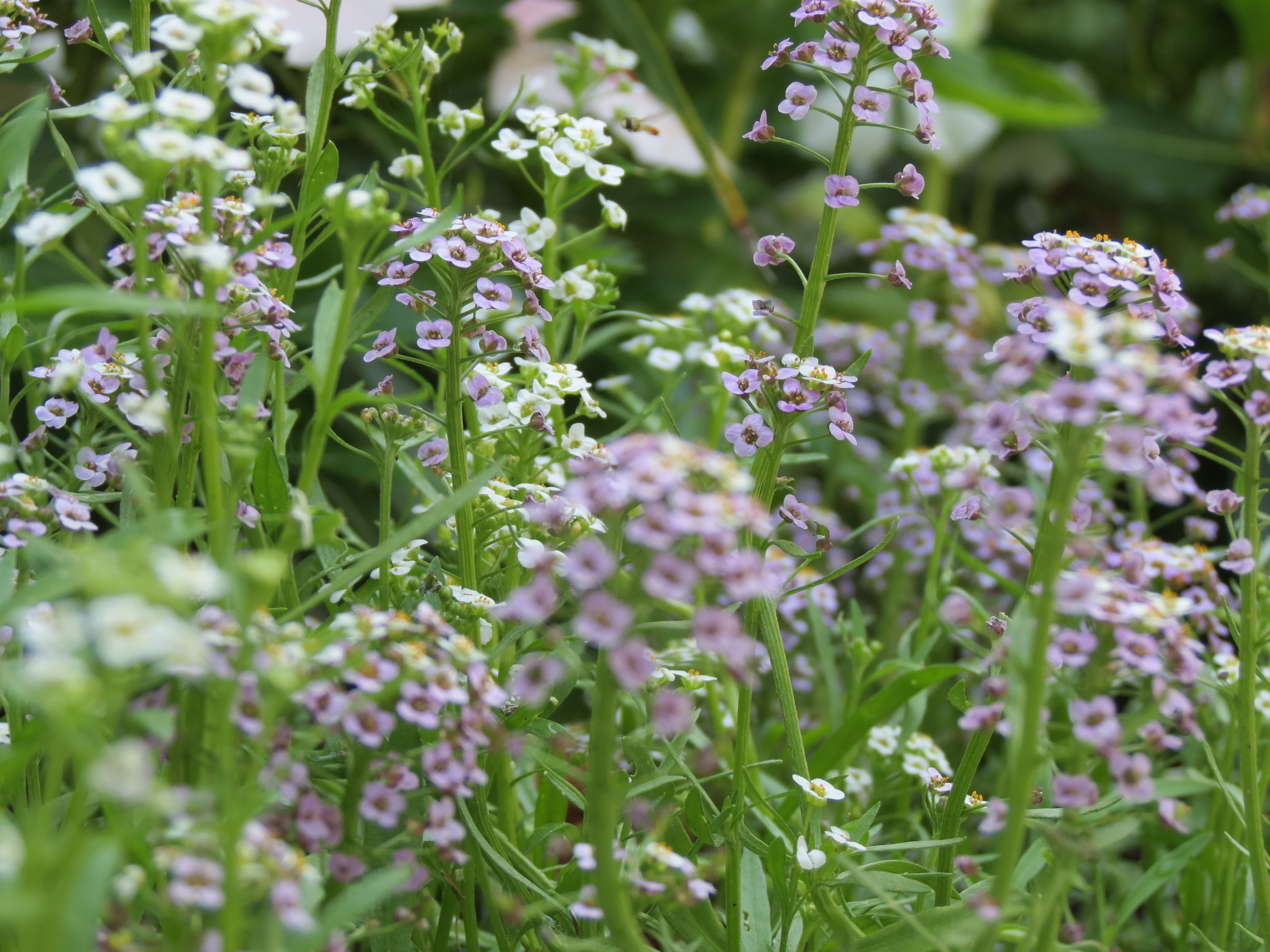

(L-R Apline Pinks, Alyssum, and Calendula)
Fuchsia, genus Fuchsia—flowers are edible but will taste better if you remove the stamens before eating. Also, be sure to avoid any that have been sprayed with pesticides.
Gladiolus, genus Gladiolus—flowers taste like lettuce. I include it here because it can be grown as an annual or a perennial.
Marigold, genus Tagetes—these are a little peppery, so garnish soups or stews with them or add petals to your pickling jars.



(L-R Fuchsia, Gladiolus, Marigold)
Nasturtium flowers, Tropaeolum majus/minus
Pansies, Viola spp.
Squash flowers—If you’re growing any kind of squash, you can eat the flowers.
Sunflower, Helianthus annuus—the petals have a nutty flavor.

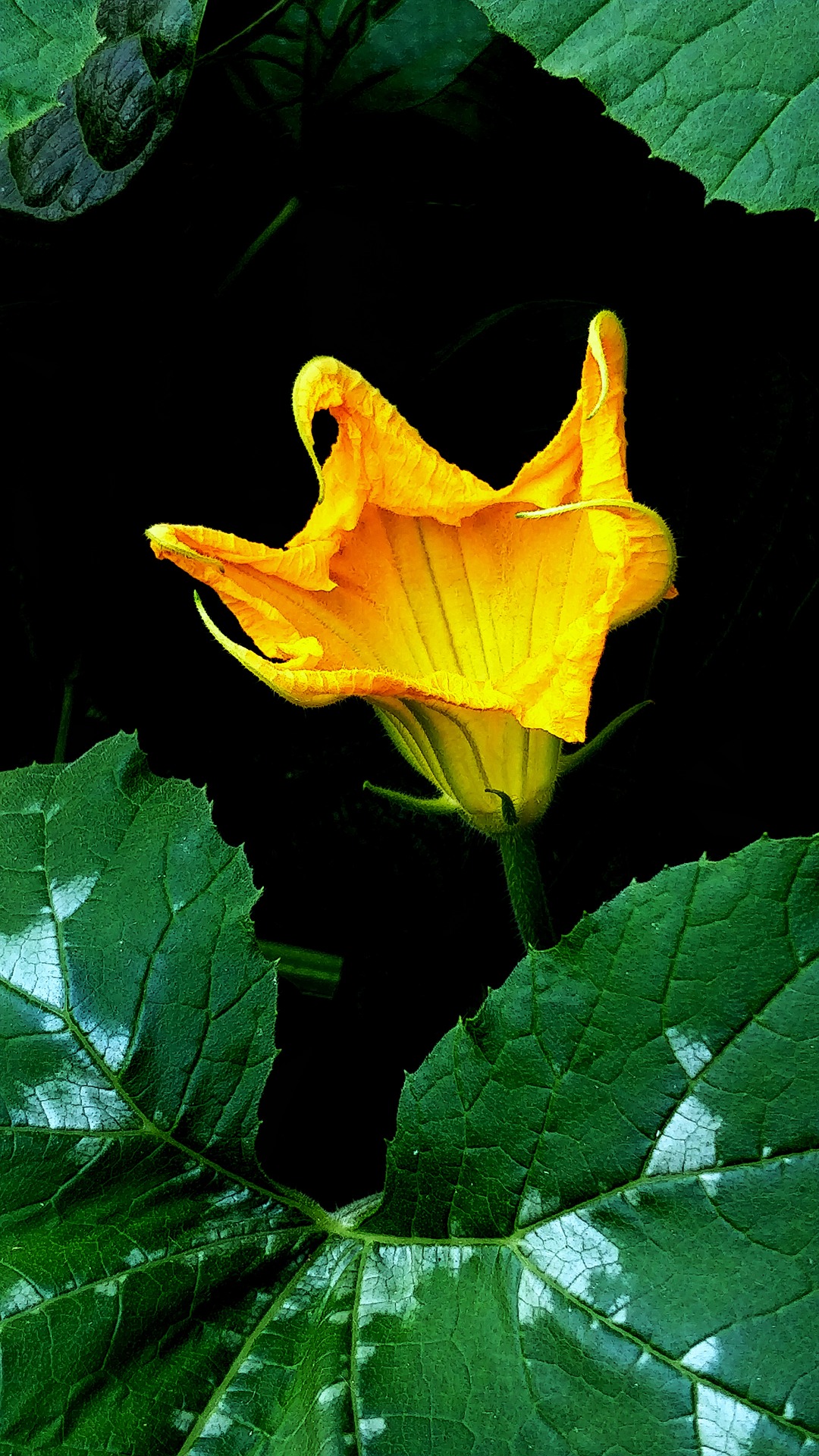
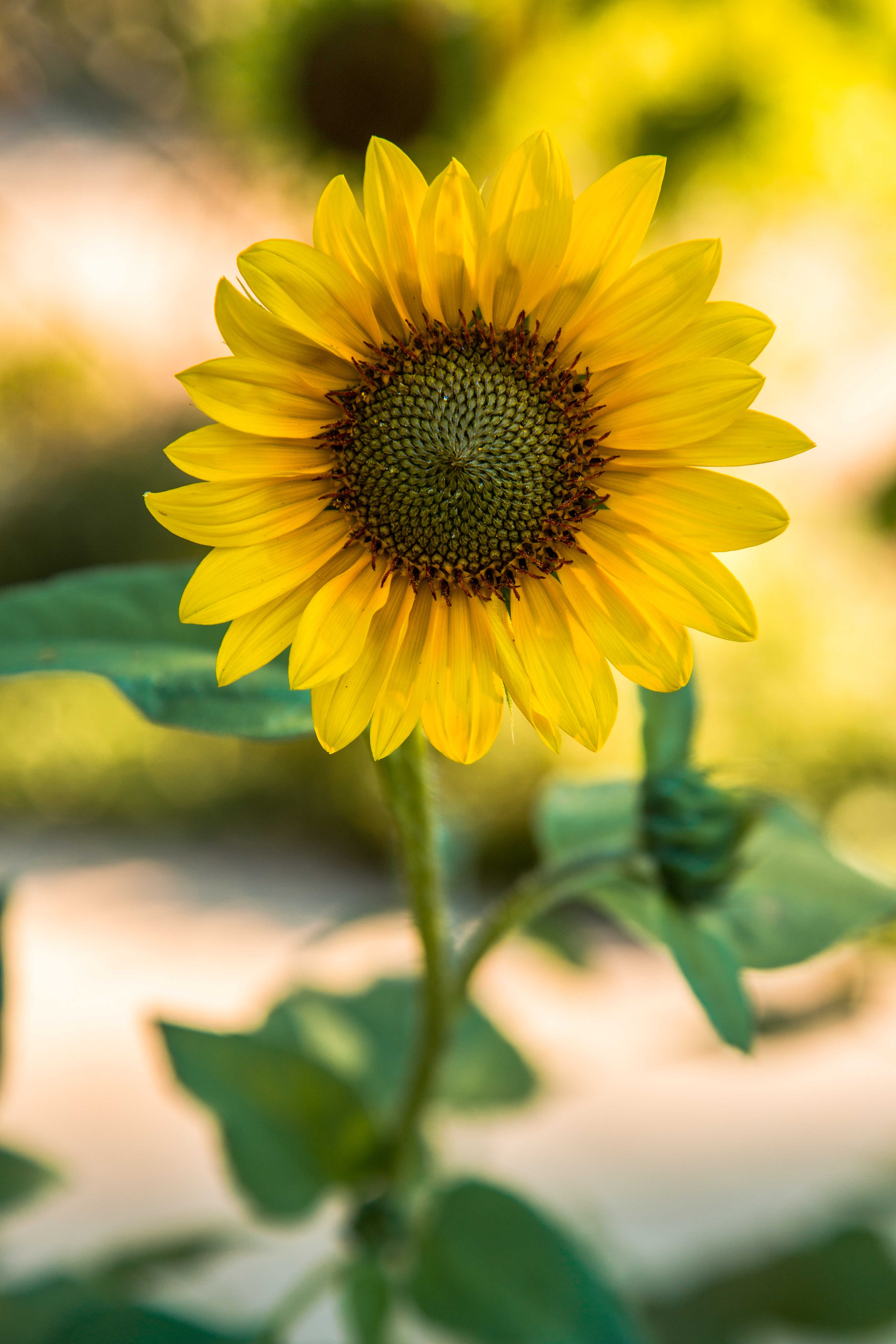
(L-R Nasturtium, Pansy, Squash, Sunflower)
Flowers to Avoid
Angel’s Trumpets, Brugmansia, closely related to Devil’s Trumpets, see below. They contain tropane alkaloids, deadly poisons including atropine, scopolamine, and hyoscyamine.
Clematis. Extremely toxic.
Devil’s Trumpets, Datura, closely related to Brugmansia. Contains the deadly tropane alkaloids. See Angel’s Trumpets, above.
Eggplant flowers, family, Solanaceae. If you’re growing eggplants, enjoy the vegetable, but don’t eat the flowers (or the leaves). The flowers contain solanine, a glycoalkaloid poison. Many of the plants within the family, Solanaceae, are poisonous.
Euphorbia (genus). There are a wide variety of plants that fall under the genus, Euphorbia, such as the poinsettia and crown-of-thorns, and they range from tiny annuals, to biennial to perennial and giant trees. These plants are known as the spurges, and they contain varying amounts of diterpenes and triterpenes, both toxic. The flowers aren’t even real flowers; they are cyathia and don’t have real petals. In any case, don’t eat any of what look like flowers on any Euphorbia plants.
Foxglove, genus, Digitalis, is technically a biennial, but it’s the original source of the famous heart drug digitalis. Definitely do not eat the flowers or any other part of the plant.
Lantana, Lantana camara. They contain pentacyclic triterpenoids which can be toxic. It’s best not to eat any of the flowers.
Morning Glory, genus, Ipomoea. Yes, sweet potatoes come from the same genus, but don’t eat the flowers of any of the related plants. Flowers can contain chemicals similar to LSD. Many types are sold in garden centres as annuals.
Poppies (all). While some poppies are edible, Papaver somniferum is the opium poppy. Since poppies are hard to tell apart, we would recommend not eating any poppies. Also, poppies wilt quickly when picked, so it’s best to enjoy them in place in the ground.
Primula (genus) flowers. These are generally sold as annuals in garden centres. Toxic. Don’t eat the flowers. In fact, they can cause a dermatitis just from the flowers touching your skin.
Anatomy 101
As we said at the beginning, for safety, identification of the plant is key here. Never eat the flowers of a plant if you are not 100% sure of what the plant is. And many plants resemble each other.
However, if you are positively sure of the plant, and want to eat the flowers, how would you do that?
First always remove the pollen, stamens, pistils, seed capsule if it’s there. Just remove everything, and only eat the petals. These other parts of the flower can bring on an allergic reaction in a susceptible individual. Check and make sure the petals are clean and free of any dirt or insects.

Serving Suggestions
- Garnish soups, stews, or plates before serving, especially dessert. You could “glue” petals or whole flowers to a cake or other dessert with a dot of frosting.
- It’s possible to batter and fry or deep-fry squash blossoms with any one of several different types of batter including tempura batter.
- You can also freeze flower petals inside ice cubes for a great conversation-starter cocktail. Tiny pansies look beautiful peeking out through a crystal glass.
- Surprise your guests with some colourful, summery accents with your edible flowers.


